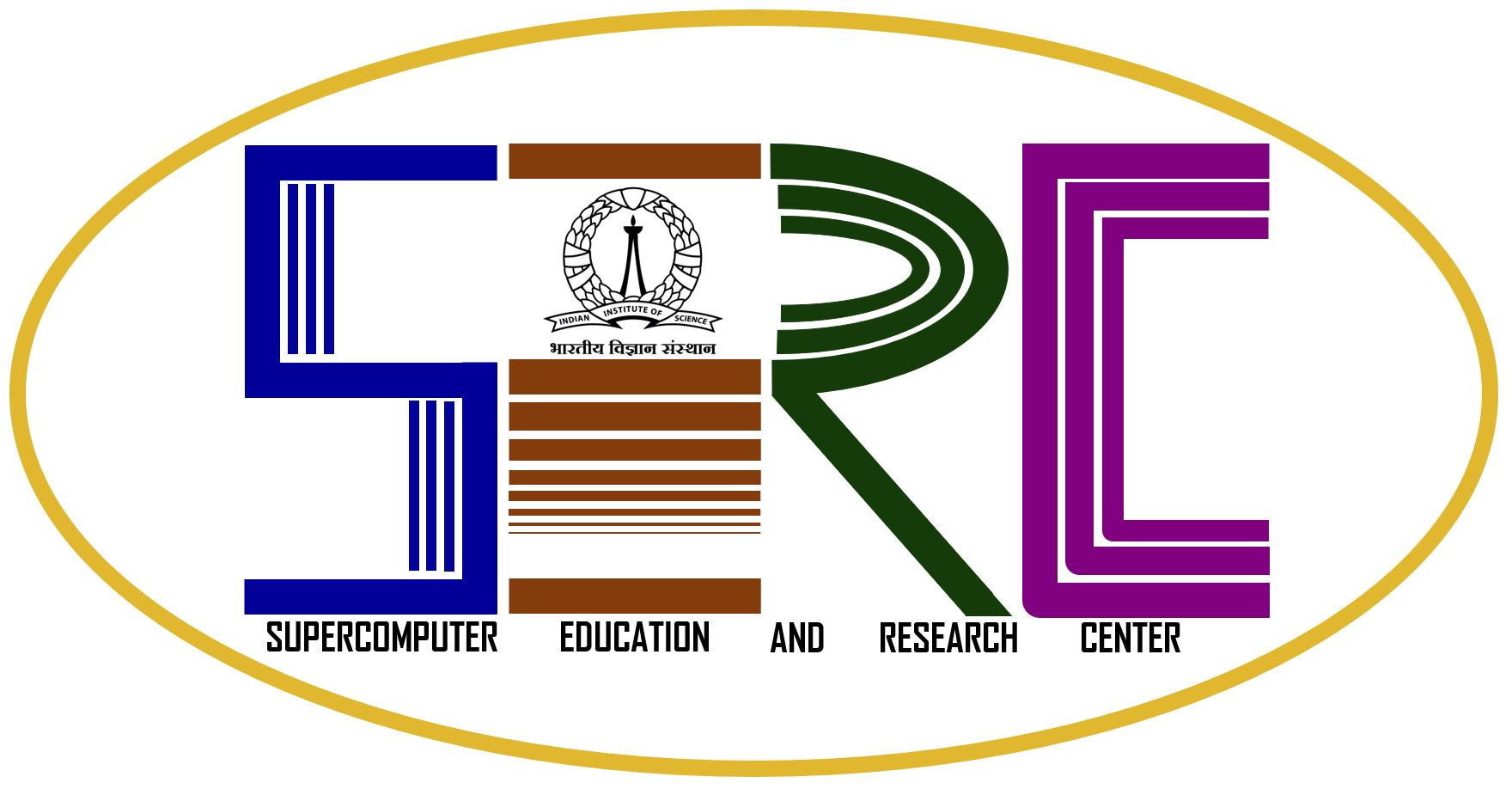
Figure: The 2D view is from a large computation with supersonic flow: dark blue to cyan is a strong shock.
The laboratory for turbulence computations in Aerospace Engineering department of Indian Institute of Science (IISc) is coordinated by Prof. Joseph Matthew and conducts research in large eddy simulations and study of canonical flows using the Cray system in SERC. In 2017, the group used 34 million core hours for their simulations. The Cray system allowed exploration of large-size systems involving at least (106) grid points.
One of their studies involves large eddy simulations (LES) of flow in turbomachine blade passages. These are problems with 10–20 million gridpoints. Sometimes these solutions, which present unexpected features, are verified using direct numerical simulations with about 100 million points. These types of simulations are also carried out for high-speed, sometimes supersonic jets. While these are closer to applications, the studies are to establish the correctness of the methods for wider classes of flows. A newer study is of LES for combustion.
A second type of study is of instabilities in canonical flows like the breakdown of a jet, and vortex breakdown.
Publications
1. Mitra, P., Kantharaju, J., Rayan, R., & Mathew, J. (2017). Large Eddy Simulation of Tandem Blade Stator Cascades. In ASME Turbo Expo 2017: Turbomachinery Technical Conference and Exposition. doi:10.1115/GT2017-64286 2. Mondal, P. & Mathew, J. (2017). Large eddy simulation of a compressor stage. In ASME 2017 Gas Turbine India Conference. Paper GTIndia 2017-4849. 3. Rizvi, S. A. H., & Mathew, J. (2017). Large Eddy Simulation of Transitional Flow in a Compressor Cascade. In ASME Turbo Expo 2017: Turbomachinery Technical Conference and Exposition. doi:10.1115/GT2017-64279.
